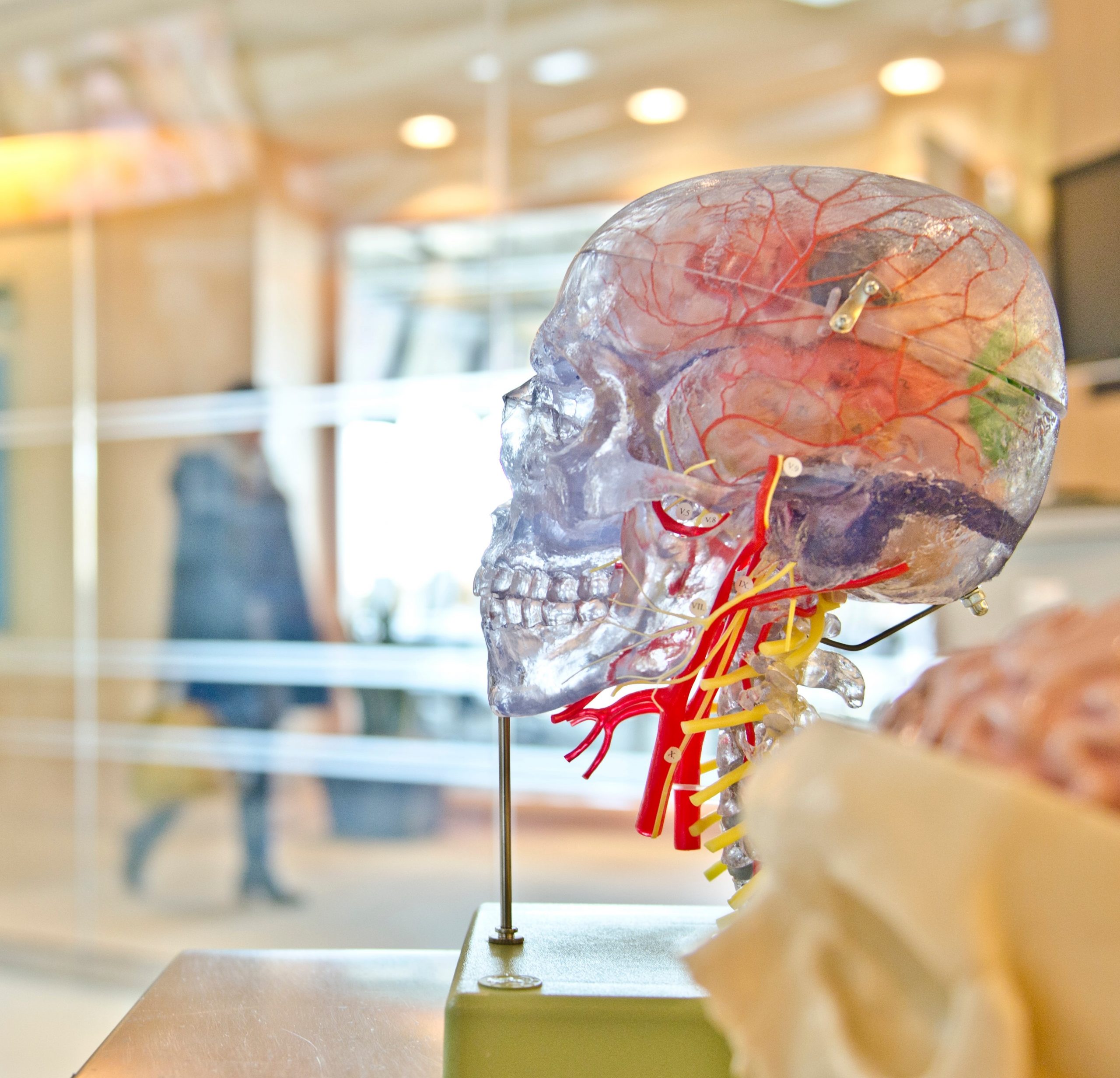
Chris Lange, FISM News
[elfsight_social_share_buttons id=”1″]
An experimental procedure involving a brain implant the size of a matchbook could bring hope to people suffering from depression, particularly patients for whom traditional methods have been unsuccessful.
The innovative procedure was performed successfully at the University of California, San Francisco, on a patient who had been unresponsive to other treatment methods, including electroconvulsive therapy.
The implant device has already been used in epileptic patients as a means of detecting electrical activity in the brain associated with the onset of seizures. In an article published in “Nature Medicine,” U.C.S.F. the U.C.S.F. research team theorized that the same device could have implications for patients suffering from “treatment-resistant depression.”
In the experiment, which was performed on a 36-year-old patient named “Sarah,” researchers used electrodes to locate emotion circuitry in the brain, then applied electrical stimulation to targeted areas. A thin, metal device placed in Sarah’s skull received signals from “biomarkers” in the brain which emit high-frequency neural activity indicators, indicating the onset of worsening symptoms. The implant then transmitted a corresponding signal to a reward-related portion of the brain called the “striatum,” providing relief for Sarah’s symptoms. The entire event lasts approximately six seconds and repeats only when the device receives another signal.
Following the procedure, Sarah reported experiencing feelings of “glee and happiness,” adding,“The device has kept my depression at bay, allowing me to return to my best self and rebuild a life worth living,” she said.
In an article outlining the study’s findings and future implications, Katherine Scangos, an assistant professor at U.C.S.F.’s Department of Psychiatry and Behavioral Sciences who also co-authored the study, explains that “[t]he brain, like the heart, is an electrical organ, and there is a growing acceptance in the field that the faulty brain networks that cause depression – just like epilepsy or Parkinson’s disease – could be shifted into a healthier state by targeted stimulation,” she said.
Another promising aspect of the treatment is the ease with which it can be customized.
“Prior attempts to develop neuromodulation for depression have always applied stimulation in the same site in all patients, and on a regular schedule that fails to specifically target the pathological brain state,” she said. “We know depression affects different people in very different ways, but the idea of mapping out individualized sites for neuromodulation that match a patient’s particular symptoms had not been well explored.”
